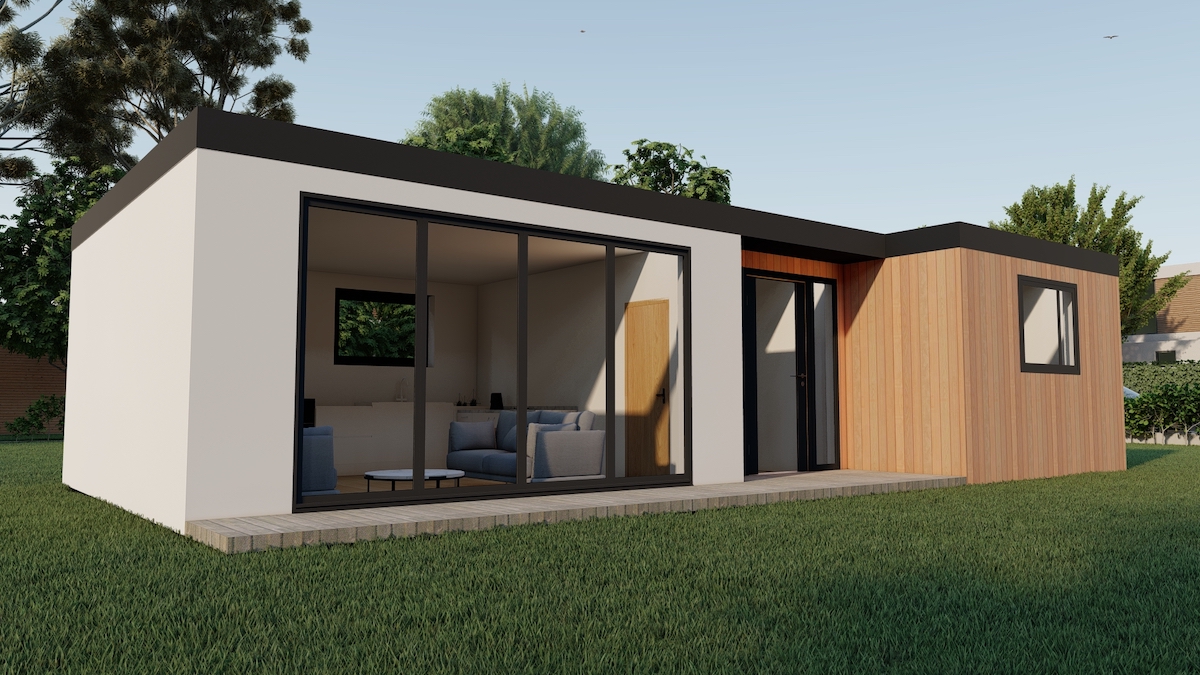Introduction: In recent years, there has been a growing trend towards multi-generational living arrangements, and one innovative solution that has gained popularity is the construction of granny annexes. These self-contained living spaces, often built in the backyard of a family home, provide an ideal solution for families looking to balance independence and togetherness. In this article, we will explore the concept of granny annexes, their benefits, design considerations, and the social implications of this modern housing solution.
Understanding Granny Annexes: A granny annexe, also known as a granny flat or accessory dwelling unit (ADU), is a self-contained living space designed for independent living while being situated close to the main family home. These annexes typically include a bedroom, bathroom, kitchen, and living area. They are designed to accommodate older family members, providing them with a sense of independence while maintaining close proximity to their loved ones.

Benefits of Granny Annexes:
- Independence and Privacy: Granny annexes offer older family members the opportunity to maintain their independence while having the support and companionship of their family nearby. The separate living space allows for a balance between privacy and social interaction.
- Cost-Effective Solution: Building a Granny annexe can be a cost-effective alternative to other forms of elderly care, such as assisted living facilities. It allows families to share resources while still providing a comfortable and secure living environment for older relatives.
- Flexible Use: Granny annexes are versatile and can serve various purposes. They can be used not only for aging family members but also as guest houses, home offices, or rental units. This flexibility makes them a valuable addition to a property.
Design Considerations:
- Accessibility: When designing a granny annexe, it’s crucial to consider accessibility features such as ramps, wider doorways, and handrails to ensure the space is easily navigable for individuals with mobility challenges.
- Energy Efficiency: Incorporating energy-efficient design elements, such as proper insulation and energy-saving appliances, can contribute to a comfortable living space and reduce long-term utility costs.
- Aging-in-Place Features: Designing the annexe with features that support aging in place, such as grab bars in the bathroom and a no-step entry, ensures that the living space can adapt to the changing needs of its occupants over time.
Social Implications:
The rise of granny annexes reflects a shift in societal values towards maintaining close family ties and providing support for aging family members. This housing solution fosters intergenerational relationships and allows families to navigate the challenges of aging with compassion and practicality.
Conclusion:
Granny annexes represent a modern and compassionate approach to addressing the needs of aging family members. As families seek alternatives to traditional living arrangements, these self-contained living spaces offer a balanced solution that prioritizes both independence and familial support. The trend towards granny annexes signals a positive evolution in how we approach multi-generational living, creating spaces that promote connection and well-being for everyone involved.